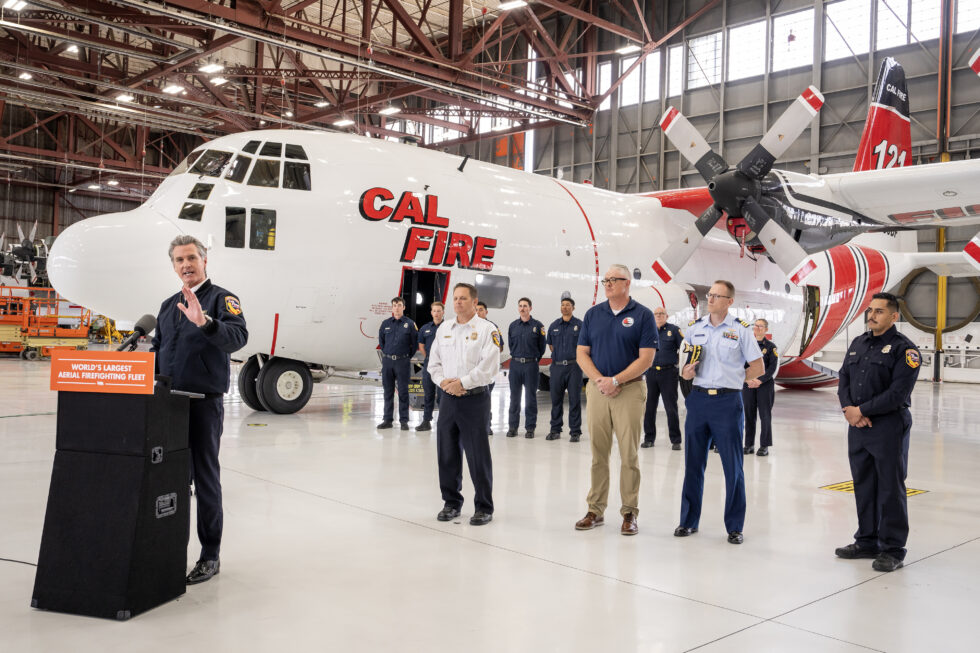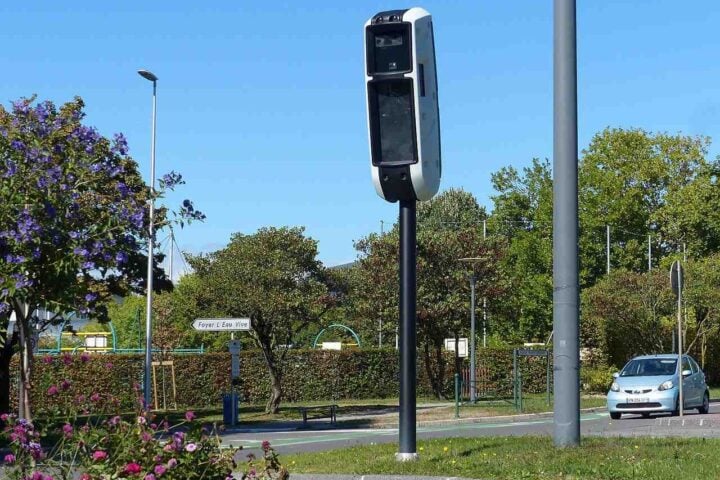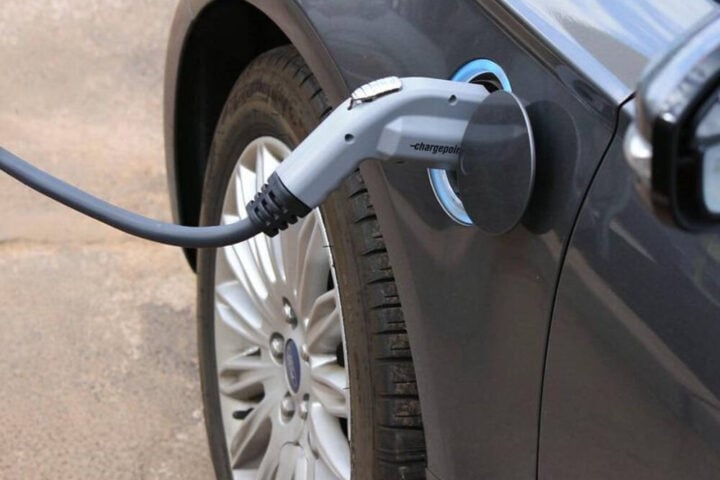California has strengthened its firefighting capabilities by adding a second C-130 Hercules airtanker to what was already the world’s largest aerial firefighting fleet. Tanker 121, revealed before peak fire season arrives, now operates alongside the state’s first C-130 that started service last August.
Matt Dias, President and CEO of the California Forestry Association, called the addition “a truly remarkable advancement in our state’s wildfire suppression capabilities.”
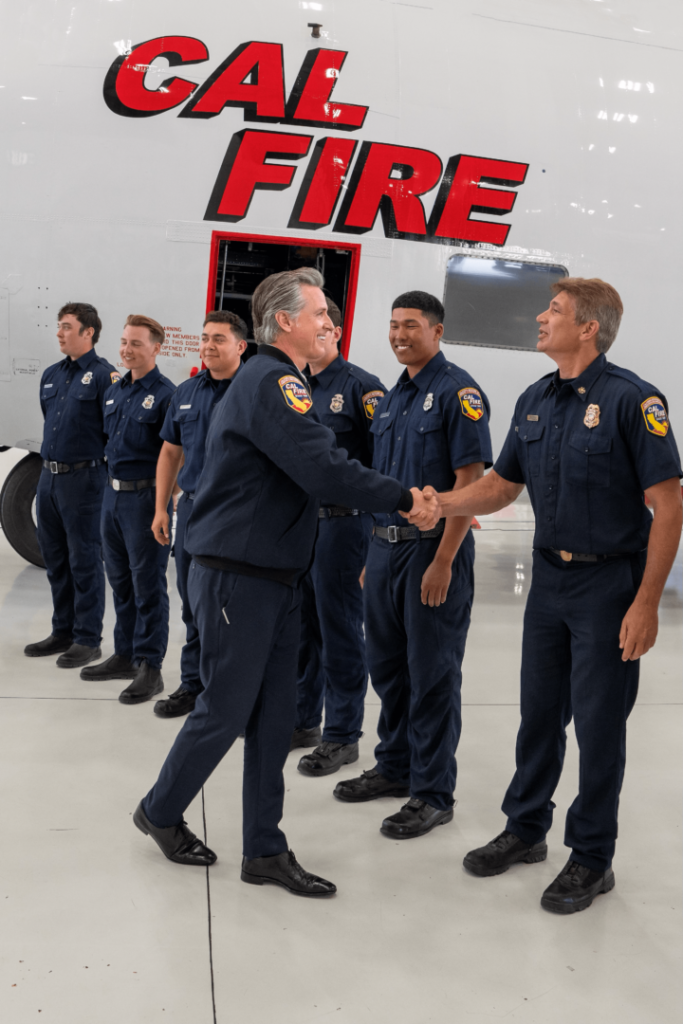
The aircraft, formerly used by the U.S. Coast Guard, underwent a $6.5 million transformation into a specialized firefighting machine. Reports indicate each C-130H is equipped with a 4,000-gallon tank featuring an advanced retardant delivery system, offering more than triple the capacity of some older CAL FIRE tankers. The aircraft can release its entire load of fire retardant in under five seconds.
Governor Newsom has pointed out that the first C-130 airtanker completed 90 missions, responded to 36 fires, and dropped over 253,000 gallons of retardant since its deployment. The aircraft demonstrated its value during recent Los Angeles fires, showing how the C-130 can reach most areas within California in approximately 20 minutes.
The C-130’s capabilities include speeds up to 368 mph and a range of 800 miles, making it the most powerful aircraft in CAL FIRE’s fleet with the ability to quickly access remote areas and provide effective support to ground crews.
Tanker 121 is the second of seven planned C-130H aircraft for California’s service. Documentation shows the planes were acquired through federal legislation signed by President Biden in December 2023, with bipartisan backing from Senator Padilla, the late Senator Feinstein, and Representative Calvert.
Senator Padilla has stated these powerful planes will enable California to respond to wildfires more quickly and effectively as the state faces more extreme conditions and increasingly devastating disasters.
Sources indicate the aircraft needed extensive modifications before joining CAL FIRE’s fleet, with the United States Air Force and Coast Guard providing maintenance support, including inner and outer wing box replacements and essential spare parts.
Similar Posts
CAL FIRE Director and Fire Chief Tyler has emphasized that this addition strengthens their aerial firefighting capabilities and demonstrates their continued commitment to protecting lives, property, and natural resources across the state.
The state has invested not only in aircraft but also in training programs. California now runs a C-130H flight simulator, reported to be the only one owned by a fire department in the United States, allowing pilots to train specifically for the unique challenges of aerial firefighting missions.
Plans show the seven C-130Hs will be strategically positioned throughout California. While the first is stationed at McClellan Airtanker Base near Sacramento. Future aircraft will be based in Ramona (San Diego County), Chico, and Paso Robles, with all seven projected to be operational by 2026 or 2027.

The strategic placement aims to ensure quick response to fires across California’s varied landscape, supporting CAL FIRE’s goal of rapid initial attacks on wildfires.
“One of the most devastating and deadly wildfires in our state just a few months ago only underscores the urgency of this moment and the urgency of continuing to make additional progress,” Newsom said.
While the C-130s represent a significant advancement in suppression capabilities, experts note that aerial attacks are just one component of California’s wildfire strategy. Source materials mention climate scientist Leroy Westerling as emphasizing the importance of prevention alongside suppression efforts, highlighting vegetation management and creating fire-resistant communities.
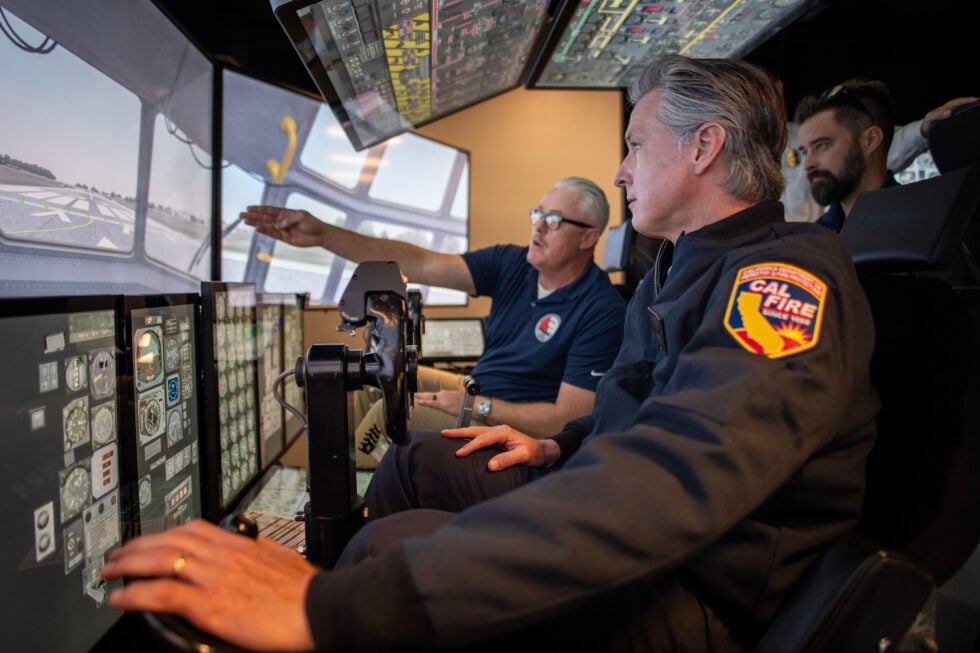
Records show the state has substantially increased prevention work in recent years, with over 2,200 projects completed or in progress. California has treated nearly 2 million acres of land – ten times the amount from when Governor Newsom took office in 2019.
As California confronts increasingly frequent and intense wildfires, these powerful airtankers provide firefighters with expanded abilities to protect communities throughout the state.
